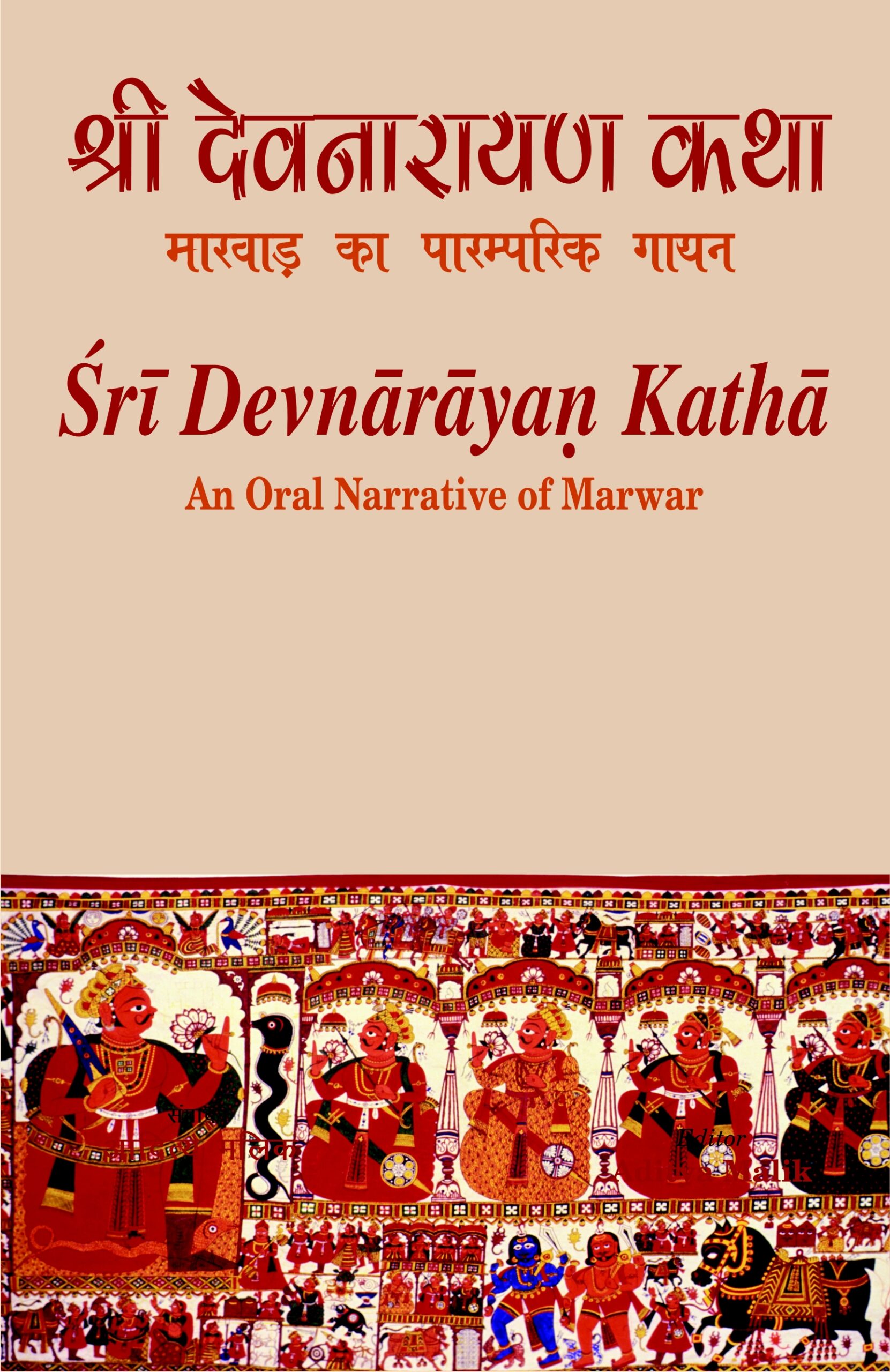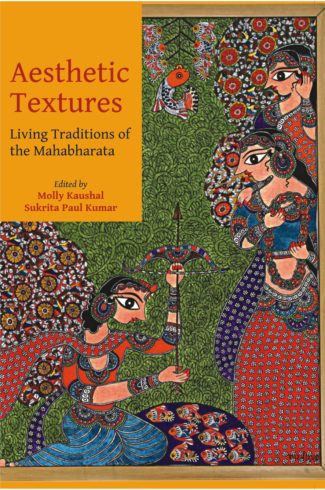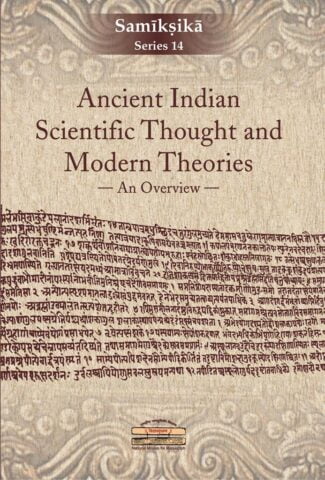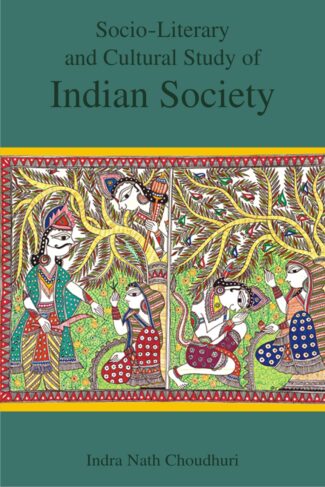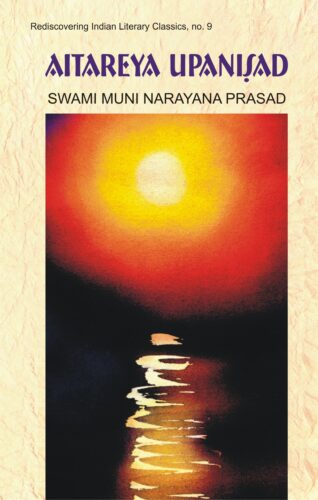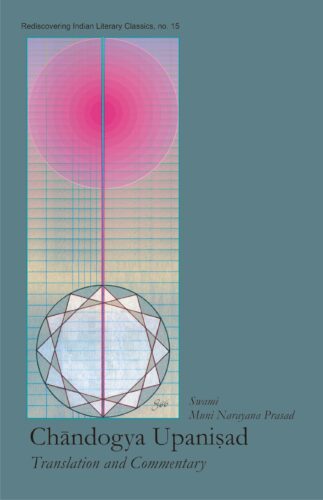-
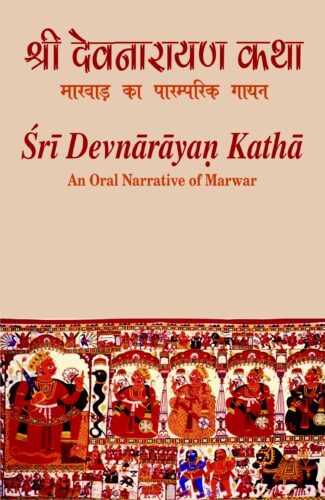
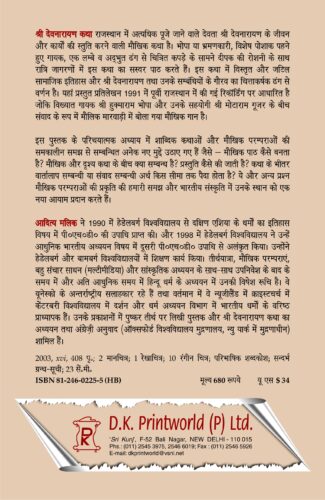
Sri Devnarayan Katha...
Sri Devnarayan Katha
An Oral Narrative of Marwar by: Aditya MalikThe book presents the Sri Devnarayan Katha, an oral narrative extolling the life and deeds of Sri Devnarayan, a much-venerated deity of Rajasthan, that provides insights into the complex social history and sacred significance of the deity, his worship and his devotees. It thus explores questions on our understanding of verbal arts and oral traditions.
₹612.00
ISBN: 9788124602256
Year Of Publication: 2003
Edition: 1st
Pages : xvi, 408 [+8]
Bibliographic Details : Glossaries; Bibliography
Language : Hindi
Binding : Hardcover
Publisher: D.K. Printworld Pvt. Ltd.
Size: 23 cm.
Weight: 800
The book presents the Sri Devnarayan Katha, an oral narrative extolling the life and deeds of Sri Devnarayan, a much-venerated deity of Rajasthan, that provides insights into the complex social history and sacred significance of the deity, his worship and his devotees. It thus explores questions on our understanding of verbal arts and oral traditions.
Prefatory Note
Acknowledgements
Map of Rajasthan with locations from the narrative
Introduction
Glossary
Bibliography

